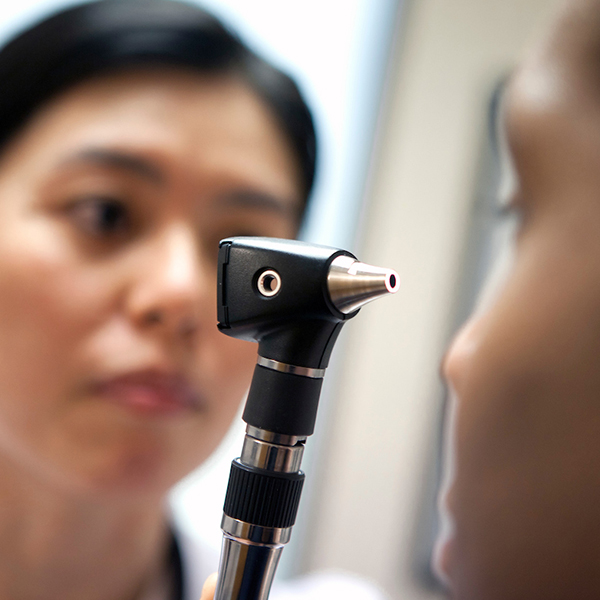Anemia
Overview and Facts about Anemia
Anemia is a condition where your body isn't getting enough oxygen because you don’t have enough red blood cells.
Red blood cells are normally responsible for distributing fresh oxygen throughout the body, and they usually make up 40 to 52% of the blood cells for men and 35 to 47% of blood cells for women.
Lower percentages typically mean you are anemic.
There are many types of anemia, including:
- Iron-deficiency anemia, which is when you don’t have enough iron to produce red blood cells
- Sickle cell anemia, which is when your red blood cells take on a sickle shape and die more quickly than usual
- Vitamin-deficiency anemia, which is when you don’t have enough vitamin B-12 or folate to produce red blood cells
Signs and Symptoms of Anemia
If you’re anemic, you’ll experience a number of troubling symptoms. These might include:
- An irregular heartbeat
- Feeling short of breath
- Feeling weak
- Feeling worn out or fatigued
- Getting lightheaded or dizzy
- Having chest pain
- Having cold feet and hands
- Having skin that looks yellow or pale
- Headaches
Symptoms can be mild, mimic those of other diseases, and vary depending on the type of anemia, so always consult a primary care physician if you’re experiencing any of the above issues.
Causes and Risk Factors of Anemia
There are three main causes of anemia:
- You are bleeding and your body can’t keep up with the red blood cell loss
- Your body can’t produce enough red blood cells
- Your body is killing off red blood cells
Of course, these three factors can be caused by many things, such as taking certain medications, having an infection or having a period. Other risk factors for anemia include:
- Being a woman who menstruates
- Being over 65 years old
- Being pregnant
- Having a family history of anemia
- Having chronic kidney disease
- Poor diet
Tests and Diagnosis of Anemia
You can be diagnosed with anemia by your primary care physician. They’ll take a look at your medical history and perform a physical exam to see if anything else might be causing your symptoms.
Then they’ll run a complete blood count test, which involves drawing your blood to look at the levels of the various blood components.
If hematocrit (number of red blood cells compared with total blood volume) and hemoglobin (the blood component that contains iron) levels are low, you most likely have anemia.
Treatment and Care for Anemia
Treatment for anemia depends on what is causing it. For example, if you have iron-deficiency anemia, you may need to take iron supplements and eat more iron-rich foods.
Vitamin-deficiency anemia also requires dietary supplements or vitamin B-12 shots if your body doesn’t absorb vitamins well.
Since anemia is also linked to kidney disease, another treatment is an injection called synthetic erythropoietin, which is a hormone that can help stimulate red blood cell production.

Request an Appointment
Our primary care physicians care for the overall health of the whole family, providing checkups and routine medical exams. We’ve made it easy to see a Loyola Medicine primary care provider with a variety of appointment options.
Immediate Care Virtual Visits now available!
Schedule a Telehealth Appointment
